First Special Service Force was a unique World War II Americano-Canadian commando unit
- By Sandboxx
Share This Article
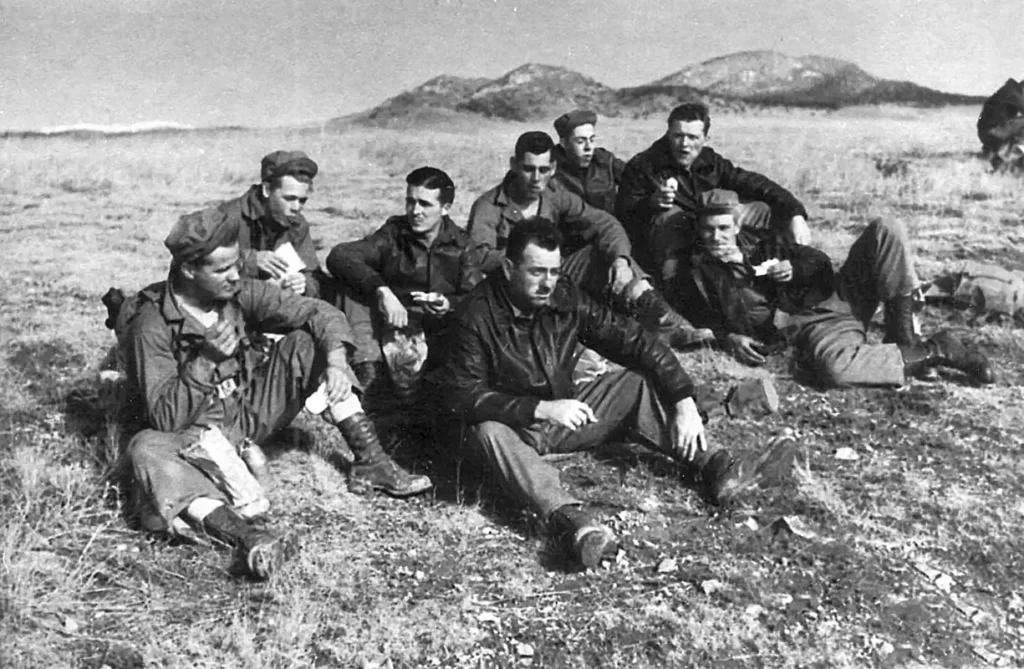
In many ways, World War II marked the beginning of special operations as we know it today.
As the Axis powers were blitzkrieging their way around Europe and North Africa, the British military set up the Special Air Service (SAS) and Special Boat Section (SBS) – now Special Boat Service – to fight a powerful adversary with unconventional means. Initially viewed with great distrust by conventional officers, the two special operations units quickly proved their worth, achieving results disproportionate to their numbers.
The U.S. military quickly followed suit and set the foundations for today’s special operations forces.
The proposal
In 1942, the British pitched the concept of a special operations force to their American allies. Under the mantle of Project PLOUGH, British Prime Minister Winston Churchill proposed to U.S. President Franklin D. Roosevelt the creation of a special operations force that would operate behind Axis lines during the winter months. The original idea was for a 1,000-strong commando force that would use specialized snow vehicles and other equipment to operate behind German lines in Romania and occupied Norway and tie down significant Axis resources.
Ultimately, American planners discarded Project PLOUGH because of the projected low survival rate of the commandos. The plan, you see, accounted for only insertion. Once on the ground, the commandos would not be able to come back.
But the overall concept of a special operations force stuck, and Project PLOUGH paved the way for a unique special operations unit comprised of American and Canadian commandos.
First Special Service Force
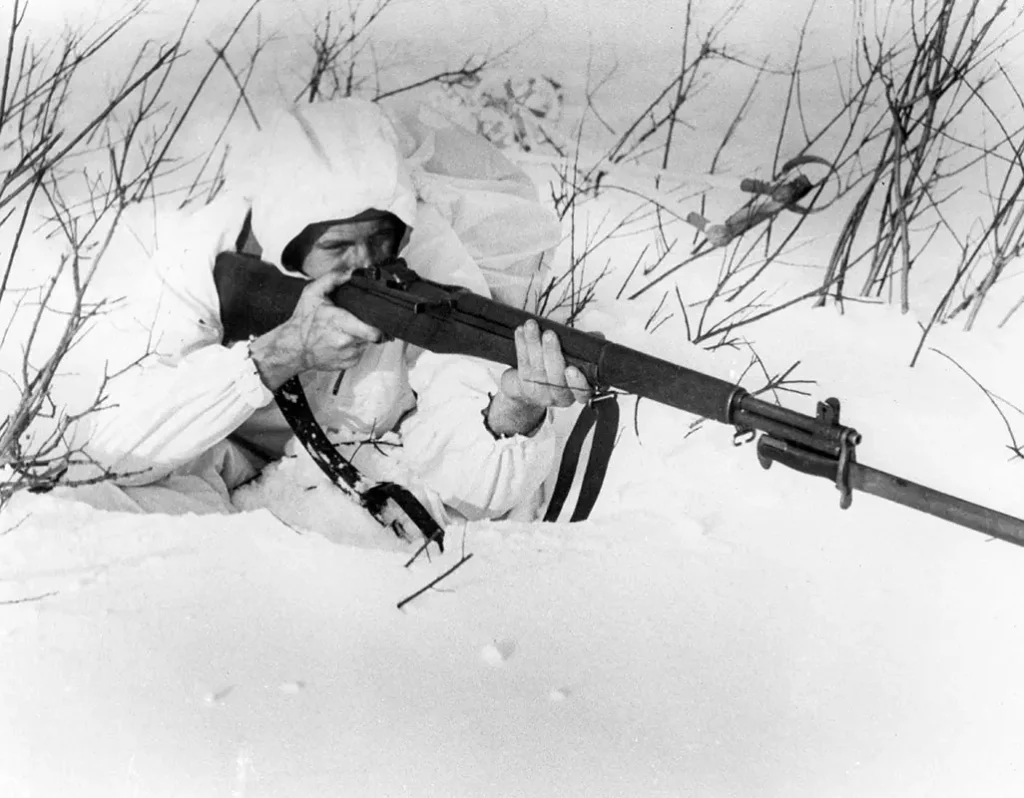
The U.S. and Canadian militaries established the First Special Service Force (FSSF) on July 9, 1942.
A joint special operations unit, the FSSF was modeled on the concept of Project PLOUGH but with a different operational goal. In terms of the arrangement, the U.S. Army furnished troops, equipment, and logistical support, while the Canadian Army provided troops. The unit had three regiments of 600 troops, a logistics battalion, and a headquarters element. About one-third of the unit was Canadian.
Training began in the summer of 1942. The American and Canadian commandos underwent a tough physical and operational course focusing on physical fitness, close combat fighting, airborne operations, demolitions, mountaineering, amphibious operations, and winter warfare training.
The unit’s first commander was U.S. Coast Artillery Corps Lieutenant Colonel Robert T. Frederick, with Canadian Lieutenant Colonel John G. McQueen as executive commander.
Related: The bravery of a Marine guerrilla in World War II
‘The Devil’s Brigade‘
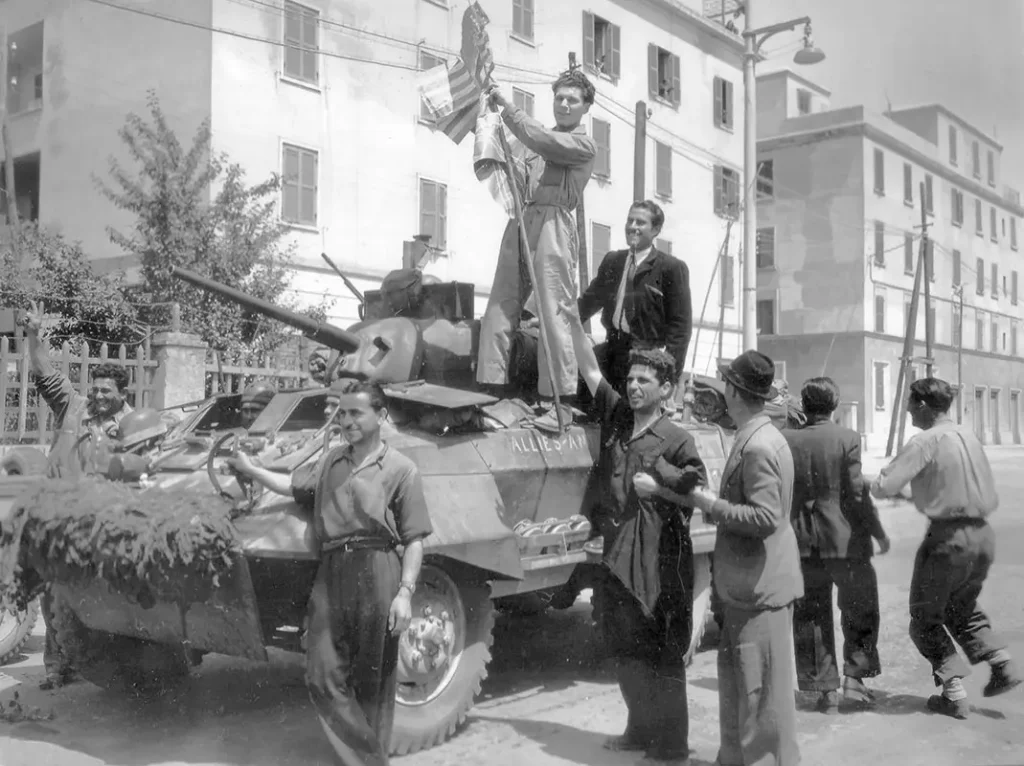
The unit began its operational journey in the Pacific against the Imperial Japanese military. In August 1943, FSSF commandos spearheaded the recapture of Kiska Island, which is part of the Aleutian Islands in Alaska. The Japanese forces had withdrawn before the arrival of the FSSF commandos. Nevertheless, the operation served as a great preparation for the unit’s upcoming operations in Europe.
After the Aleutian Islands adventure, the FSSF transferred to Italy. In September 1943, the Allies invaded the junior Axis country with the goal of maximizing pressure on Germany. In early December, the FSSF commandos successfully wrestled control of the 3,000-foot-high Monte La Difensa and La Rementanea mountain tops from a Panzer grenadier division. Then, in February 1944, the FSSF participated in the Anzio landings. The unit’s work during that operation and its aggressive nighttime missions earned it the nickname “The Devil’s Brigade.”
Then, on 4 June 1944, just two days before the D-Day landings in Normandy, the FSSF spearheaded the Allied push into Rome, advancing ahead of the main force and securing strategic bridges before the Germans could destroy them.
Following the fall of Rome, the unit shifted its operations in South France, capturing two small islands and paving the way for Operation Dragoon, the Allied landings in southern France in August 1944. The rest of the war proved largely uneventful for the FSSF, and the unit was officially disbanded on January 6, 1945.
The unit’s legacy, however, lived on. When the U.S. Army established the Special Forces Regiment, the “Green Berets,” in 1952, it drew inspiration from the FSSF and their training and operations. The “Devil’s Brigade” passed on the torch.
Feature Image: First Special Service Force personnel on lunch break. Left to right: George Hild, UNK, Charles Parr, Roy Soucy (front), Frank Baily (behind Soucy), M.J. LeBlanc, W.M. Porchak, Frank Lowry (lying in front of Porchak). (ARSOF via U.S. Army)
Read more from Sandboxx News
- This is why the Marine Corps is different
- Heroic Coast Guard rescue swimmer saved hundreds in Texas floods and exemplified the spirit of America
- BUD/S instructors have their favorite games to make SEAL candidates suffer
- Air superiority is a required component in modern warfare
- Why the Air Force wants to retire its A-10 fleet early – and why it’s right to do so
Related Posts
Sandboxx News Merch
-

F-35 ‘Lightning’ Poster
$22.00 – $28.00Price range: $22.00 through $28.00 Select options This product has multiple variants. The options may be chosen on the product page -

F-35 ‘Lightning’ Framed Poster
$45.00 – $111.00Price range: $45.00 through $111.00 Select options This product has multiple variants. The options may be chosen on the product page -

‘Sandboxx News’ Camo Trucker Hat
$29.00 Select options This product has multiple variants. The options may be chosen on the product page

Sandboxx
The editorial team at Sandboxx.
Related to: Military History, Special Operations
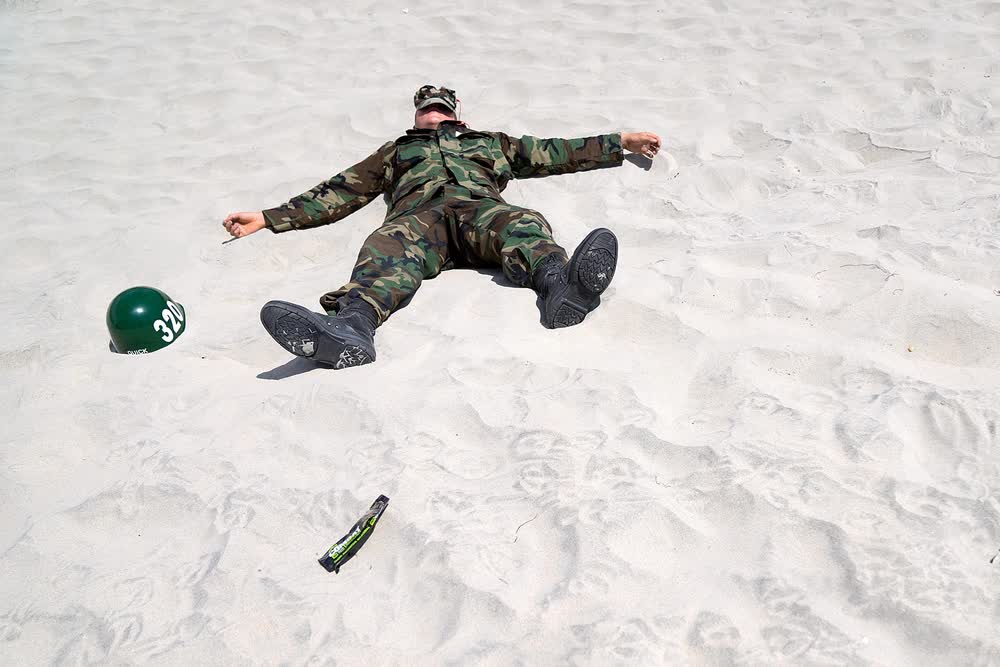
How Navy SEAL candidates recover after Hell Week

Air Force Special Operations Command celebrates 35 years of heroism and service
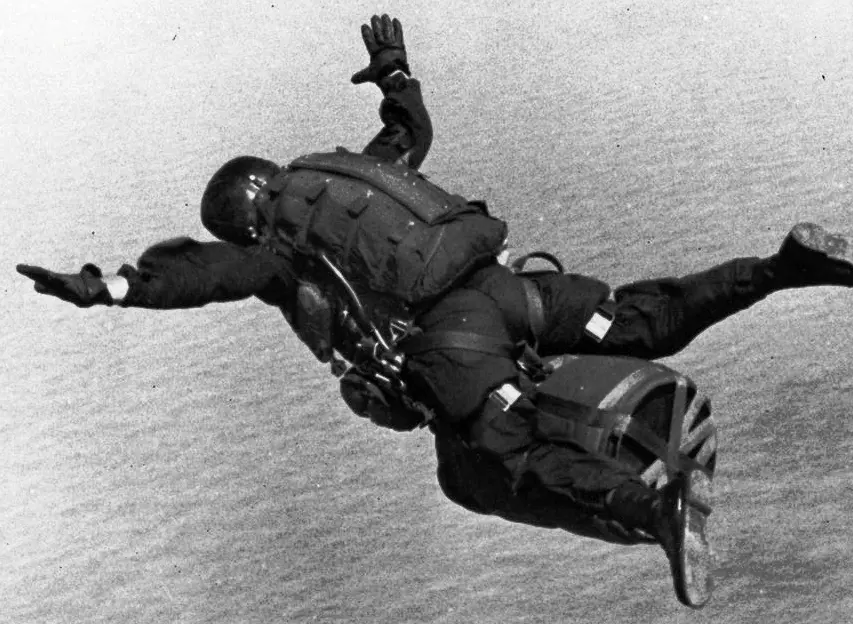
How Green Berets jumped from planes with a man-portable atomic bomb during the Cold War
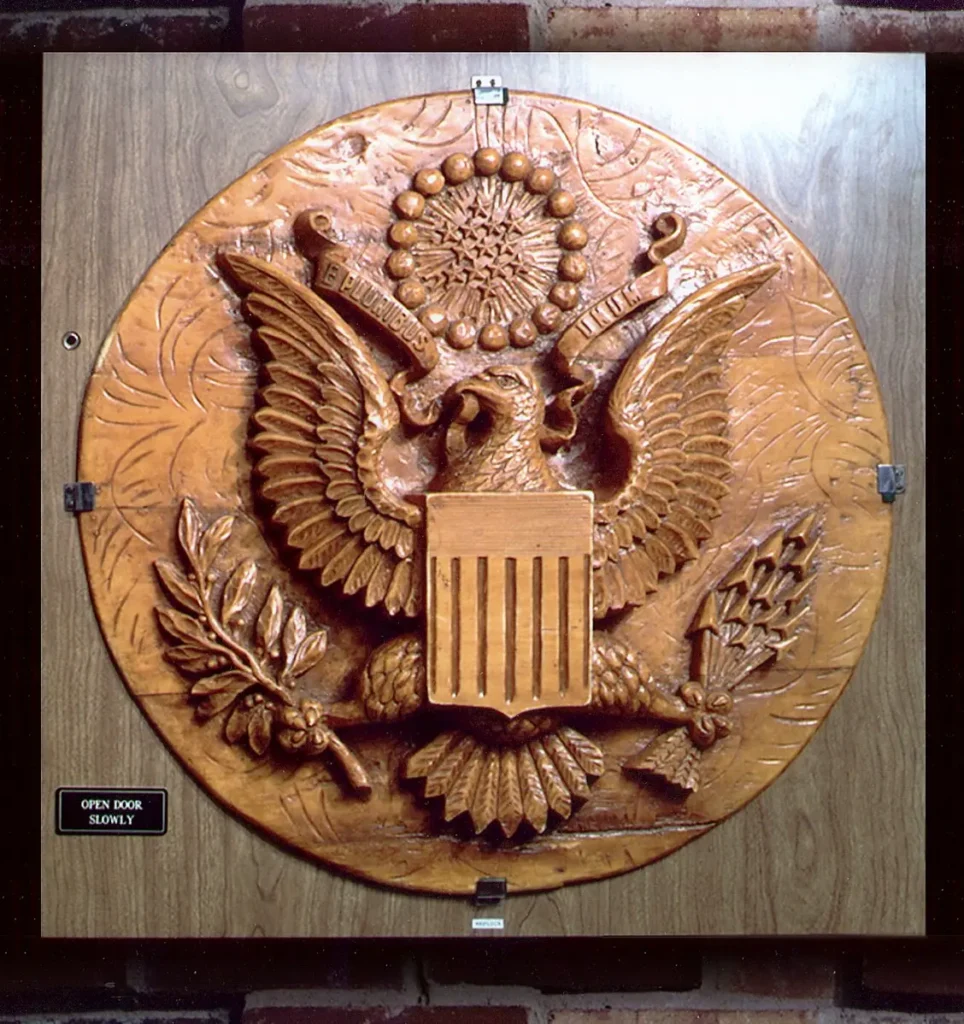
‘The Thing:’ a Soviet children’s gift with a sinister purpose
Sandboxx News
-

‘Sandboxx News’ Trucker Cap
$27.00 Select options This product has multiple variants. The options may be chosen on the product page -

‘AirPower’ Classic Hoodie
$46.00 – $48.00Price range: $46.00 through $48.00 Select options This product has multiple variants. The options may be chosen on the product page -

‘AirPower’ Golf Rope Hat
$31.00 Select options This product has multiple variants. The options may be chosen on the product page -

‘Sandboxx News’ Dad Hat
$27.00 Select options This product has multiple variants. The options may be chosen on the product page
